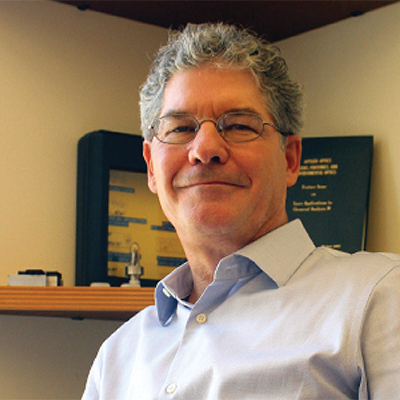Rick Yost: As much as I love pure innovative science and cool instrument development, for an innovation or invention to have a real impact, others must be able to use it or acquire it. So widespread availability of your invention or access to your innovation is critical to making the most of it.
Frances S. Ligler: Identify the customer with the most pressing problem that can be solved using your invention. Learn all you can about their needs. Make sure that the development of the invention into a commercial/sharable product is done in such a way that the intended customer can use it to solve their problems in the simplest, most effective, fastest, and least expensive way possible. If your exact invention is surpassed during the development process, glory in the realization that you sparked an even better innovation!
Janusz Pawliszyn: Find the “killer application” – the application that is not addressed well by current technologies.
Fabrice Gritti: Any invention or innovation must be exposed to the application field at an early research stage for direct feedback to refine its development and guarantee its successful impact.

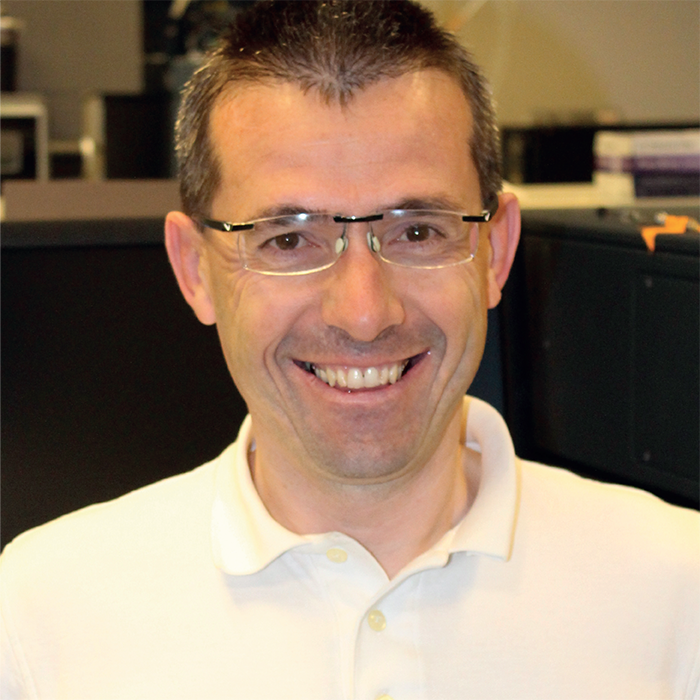

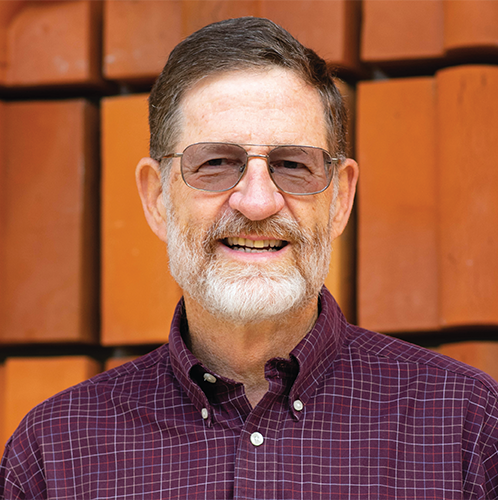
Chris Pohl: The secret to making the most out of your invention is to simultaneously focus on the invention and its practical implementation. Often, great ideas fail because they didn't take into consideration practical realities of the manufacturing process or user expectations. By always keeping in mind both the invention and its practical implementation, the inventive process is guided toward practical implementations that significantly improve chances for commercial success. In addition, at least in my case, I find it particularly useful to reduce my idea to practice with my own hands. Once I know something works, I can more effectively guide others in the practical implementation of the idea.
Joel M. Harris: For me, the impact of my innovations have been greatly enhanced by collaborations. These relationships arise out of attending talks at meetings outside of my area, meetings with colleagues and visitors in my department to discuss research ideas, and occasionally someone coming with a measurement problem they have been unable to solve. The resulting conversations have provided a great mix of new science, questions that are unanswered, and opportunities for our measurement ideas to generate discoveries in areas beyond my own research experience. Through these interactions, my own scientific knowledge is broadened – and learning a new area of science is among the most rewarding aspects of working in research.
Alexander Makarov: The most important thing is to create a team behind your invention! This is one of the main reasons for me to stay in industry: a multi-talented and a very versatile extended team that allows one to bring ideas into thousands of laboratories.
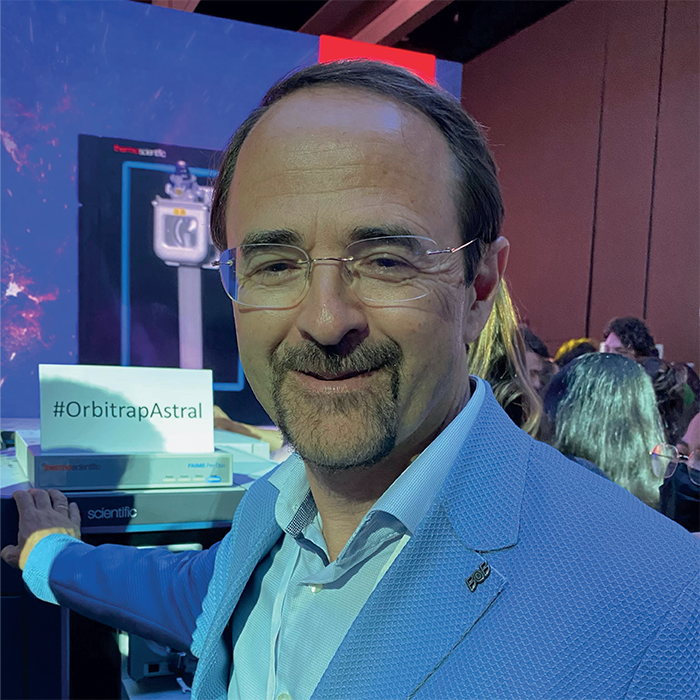
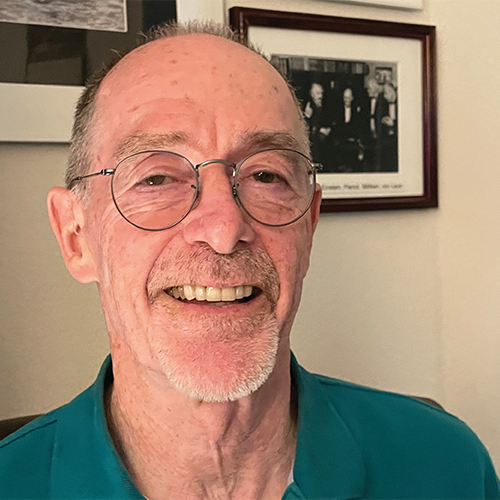

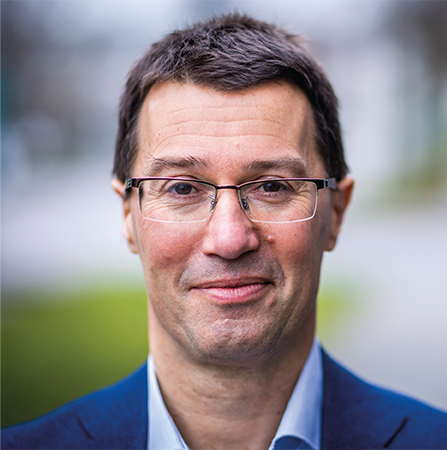
Ron Heeren: Yes – collaboration, collaboration, collaboration! The translation of innovations into an applied domain requires the involvement of domain experts and people that complement one's own expertise to maximize impact. Making the most out of an invention/innovation is, just like the research itself, teamwork. I have been lucky enough to work with a very diverse team that helps me see and evaluate different perspectives. This is vital to avoid getting stuck in a particular line of thought or approach and to keep on innovating.
James W. Jorgenson: Teaming up with talented and experienced people who can develop, polish, produce and successfully market your invention. A wonderful idea or invention is just a seedling which requires expert assistance to nurture into full bloom.
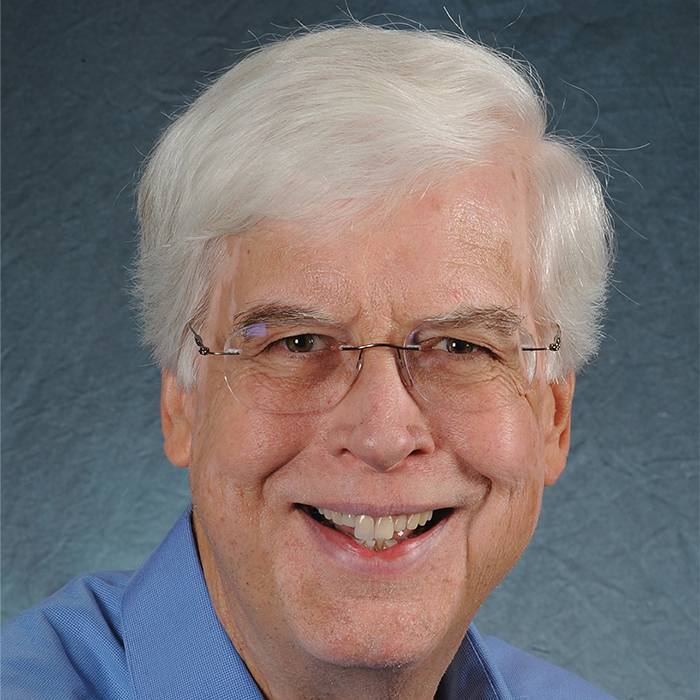
To make the most out of your invention or innovation, consider the following tried and tested strategies from my team:
Rapid user and peer feedback: it is crucial to get your invention or discovery into the hands of users, testers, and other labs as quickly as possible, especially when it involves a new concept or discovery. The scientific community can be conservative in accepting change, so early assessment allows for valuable feedback. This feedback helps demonstrate the usefulness of your invention and provides insights for improvement.
Real-life examples: showcase the practical applications and tangible benefits of your invention by demonstrating what can now be achieved that was not possible before. Provide real-life examples and case studies that highlight the transformative impact of your innovation. Concrete evidence and success stories help others understand the value and potential of your invention.
Simplify language: aim to explain your work using simple and accessible language. When introducing a truly novel concept, it may involve new vocabulary and complex terminology. However, to ensure broader understanding and engagement, break down technical jargon and use relatable analogies or metaphors to convey the essence of your innovation to a wider audience.
Finish the project: If the work is not published or usable it is about as useful as not having done the work on the project at all. If you think it is not possible to create a final product then it is better to spend time on other projects that will be more productive.
By incorporating these strategies, you can effectively promote and maximize the potential of your invention or innovation. Early user feedback provides valuable insights, while real-life examples demonstrate its practical value. Additionally, simplifying language enhances accessibility and helps bridge the communication gap between complex scientific concepts and broader audiences.

Chad Mirkin: Be exceptionally critical. Identify a path to an invention to solve a problem that is worth solving and produce a product people will buy. If you wouldn’t buy it, likely no one else will or should.
J. Michael Ramsey: Perseverance – pushing through invention and demonstration of a new concept and then translating the technology into a commercial product. Achieving the translational part of this trajectory typically requires patenting of the fundamental concepts of your invention. Translation can be achieved through various paths, such as licensing of patents to an existing company or founding and financing a company focused on development of your invention.
Carol Robinson: I am often motivated by the issues that surround me. From COVID-19 to cancer, depression to dementia – these are conditions that have affected us all, whether directly or indirectly, and that makes me more determined to bring our tools to bear to try to bring new understanding and provide new insights.
Livia Eberlin: I think the secret is having a true passion for how your invention could change the status quo or solve a significant problem that is dear to you. Having the long term vision of what your invention can accomplish – fueled by a personal passion for what you invented – produces a deep perseverance and commitment for making it successful. I’ve been experiencing this with the MasSpec Pen technology that we invented in my lab. We truly love the technology and we know that it could bring incredible benefits to patients battling cancer; that tangibility has helped us work through many challenges and tackle complicated clinical studies with the utmost commitment and passion to make it a reality in medical practice.
Image Credit: Supplied by Author


